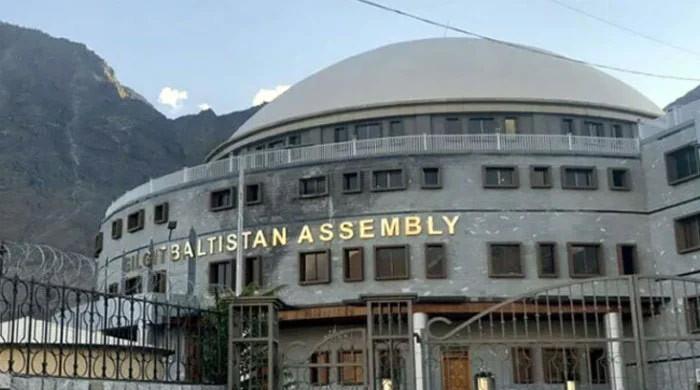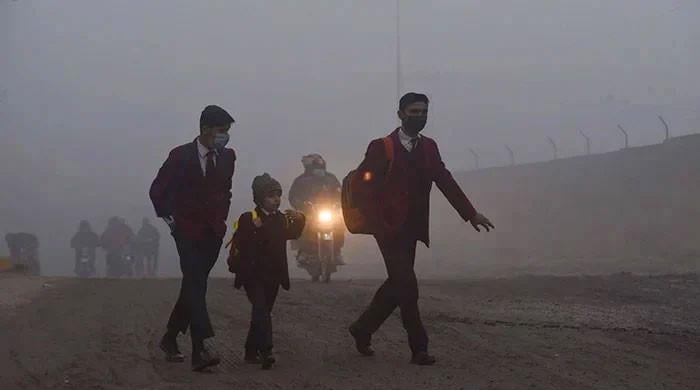Artists take Pakistanis on a 'walk among trees'
Exhibition curator encouraged viewers "to think about their own encounters with trees and what have they absorbed and remembered"
January 11, 2023
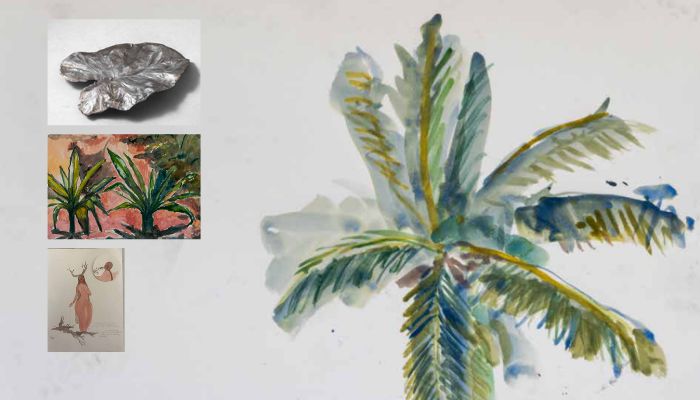
WALK AMONG TREES, an exhibition where artists explored the deeper impact of trees, the longest-living species on earth, is taking Pakistanis on a mystical journey. The artists believe that trees, like humans, create communities and share their unique consciousness.
"History, literature, theology, and religion have attributed mystical and magical qualities to trees, as well as wisdom," Zahra Khan, the curator, noted.
Khan, who is the Creative Director of Foundation Art Divvy, through which she led and curated the first official Pavilion of Pakistan at the Venice Biennale 2019, encouraged viewers "to think about their own encounters with trees and what have they absorbed and remembered", adding that the exhibition was "an invitation to be more mindful in the presence of trees."
The artists contributing to the exhibition shared their passion for trees and expressed gratitude for the existence of plants.
"I collect leaves, twigs, and tree bark while taking my walks," said Ahmed Faizan Naveed, a Lahore-based visual artist/educator.
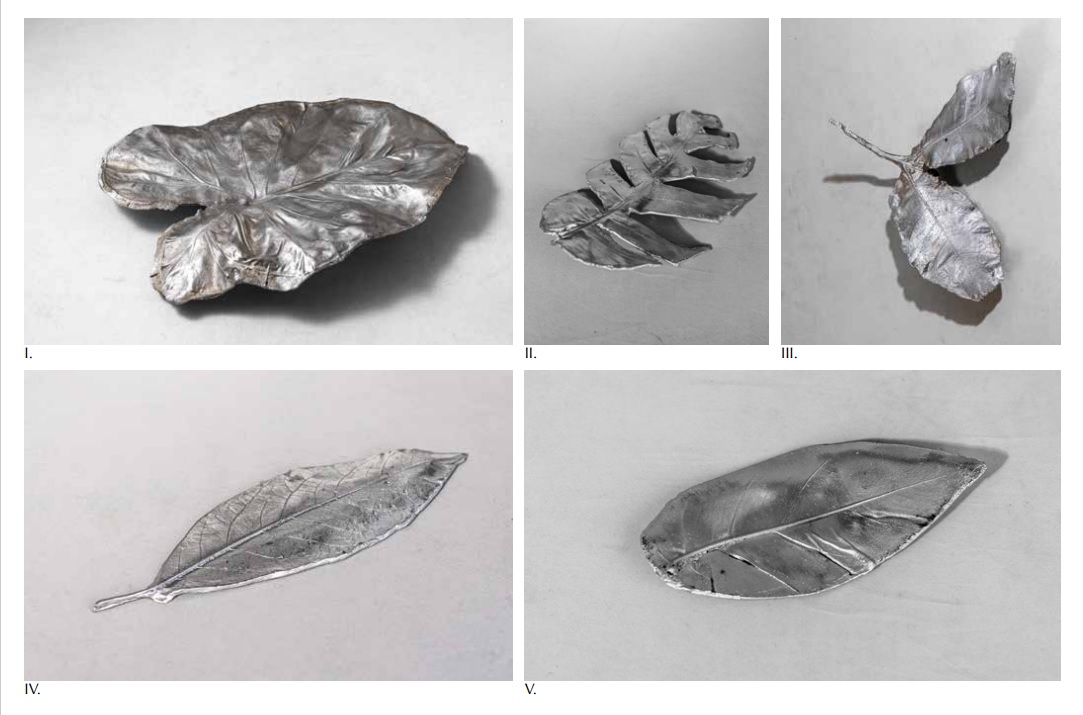
Naveed produces his artwork from the"organic forms" of the trees, trying to preserve them by casting them in aluminium. "It allows me to slow down their deterioration."
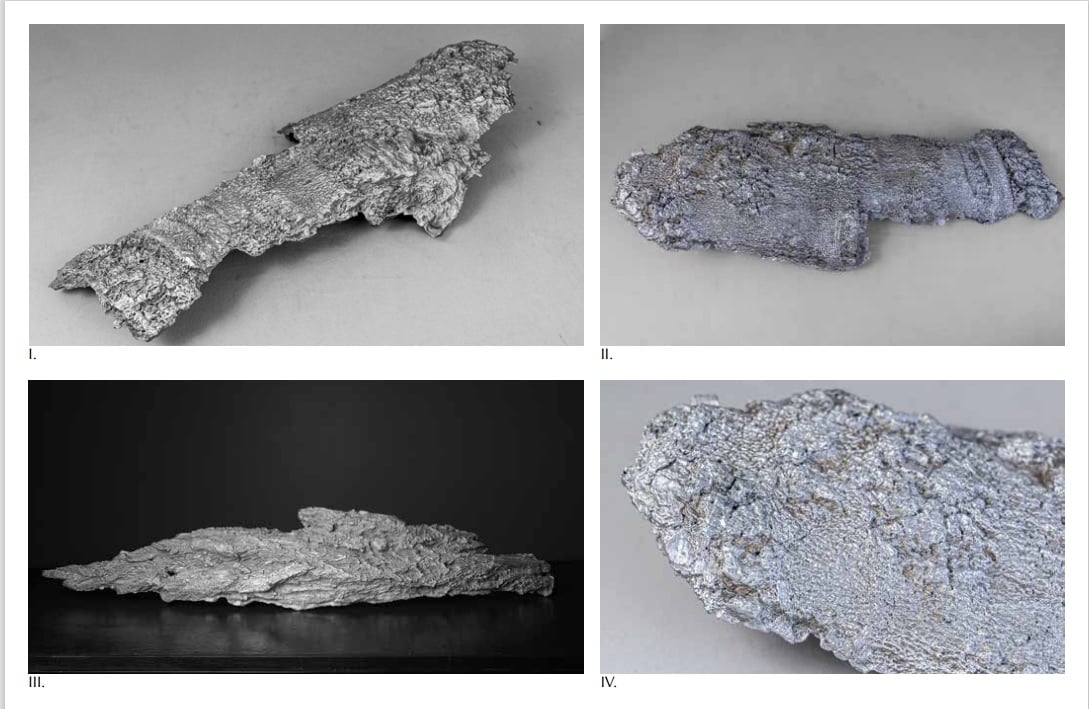
WALK AMONG TREES does not limit artists and allows several forms of art. Hira Nabi, a filmmaker, is working on How To Love A Tree, a film that is set in the towns and surrounding forests of Murree, and the Galiyat—former colonial hill stations—in Pakistan.
Nabi's love for trees is evident in that four musicians were commissioned by her to perform a concert for four dead trees.
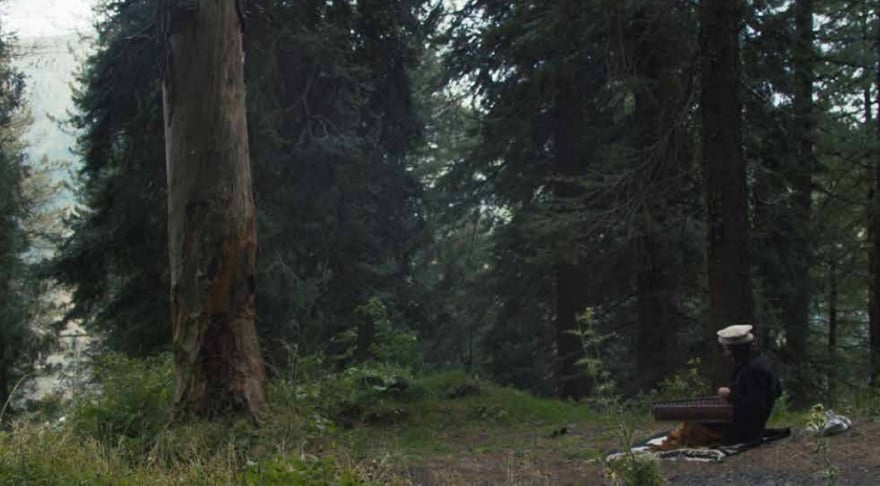
"During the first year of Covid in 2019, a series of archaic geometric symbols were revealed through a series of meditative practices. I then began to observe how each symbol unfolded its meaning," said Mehreen Murtaza, an inter-inner-in-disciplinary artist who is inspired by Muslim philosophers and mystics.
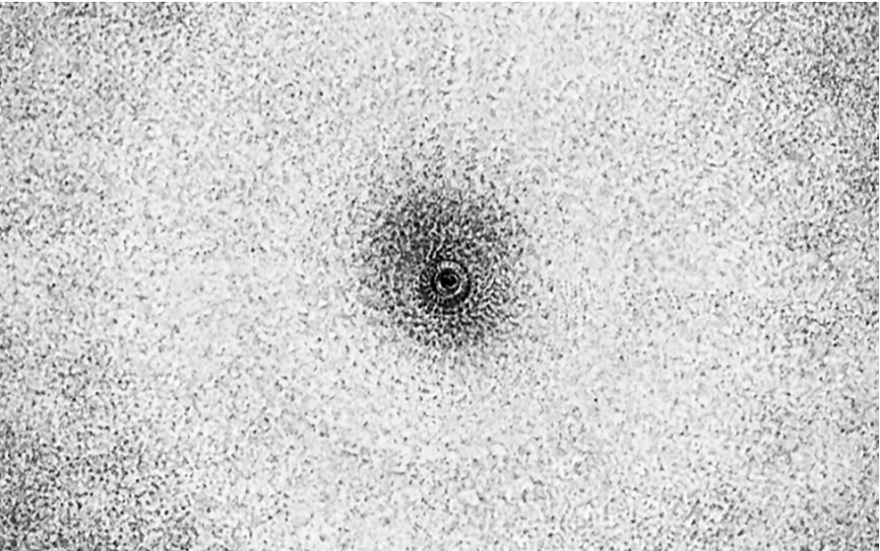
Her unique artwork showcasing "geometry on loop" is intriguing and truly mystical.
What is an art exhibition without paintings? Marium M. Habib who works with oil paint on canvas and chalk pastel on paper, as well as water-based mediums, produces an unconventional mixture of abstract art and flora around her.
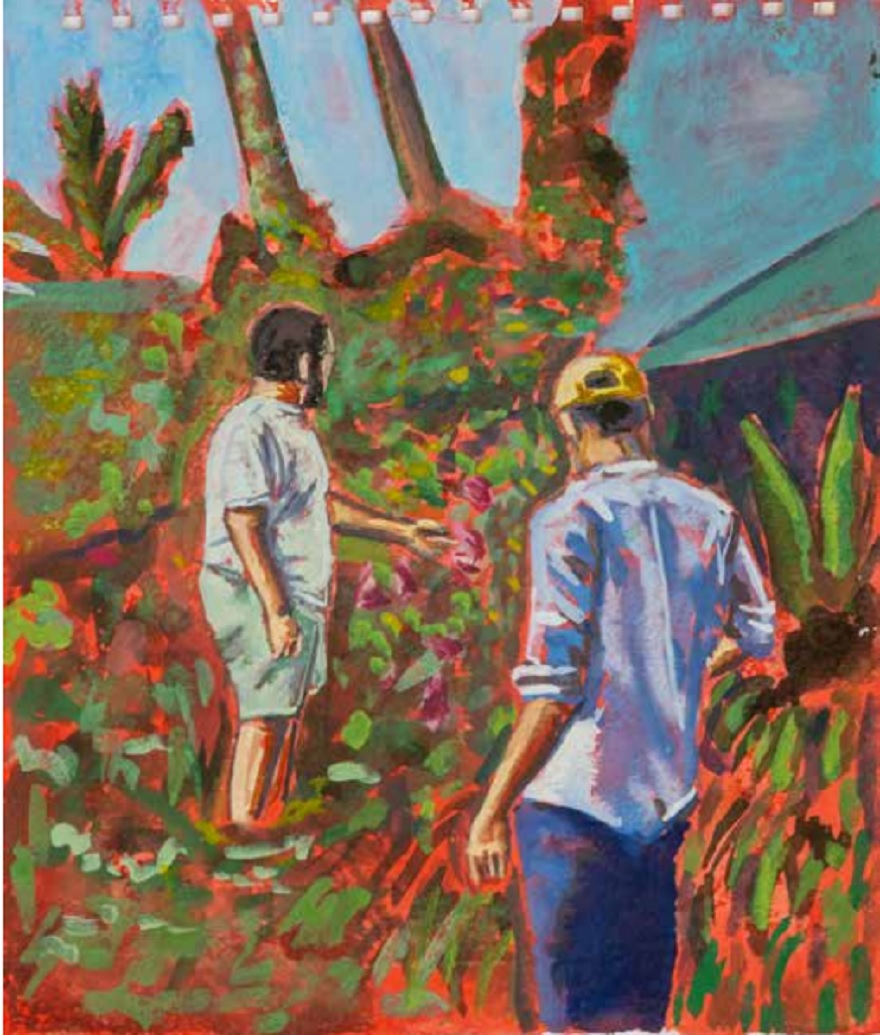
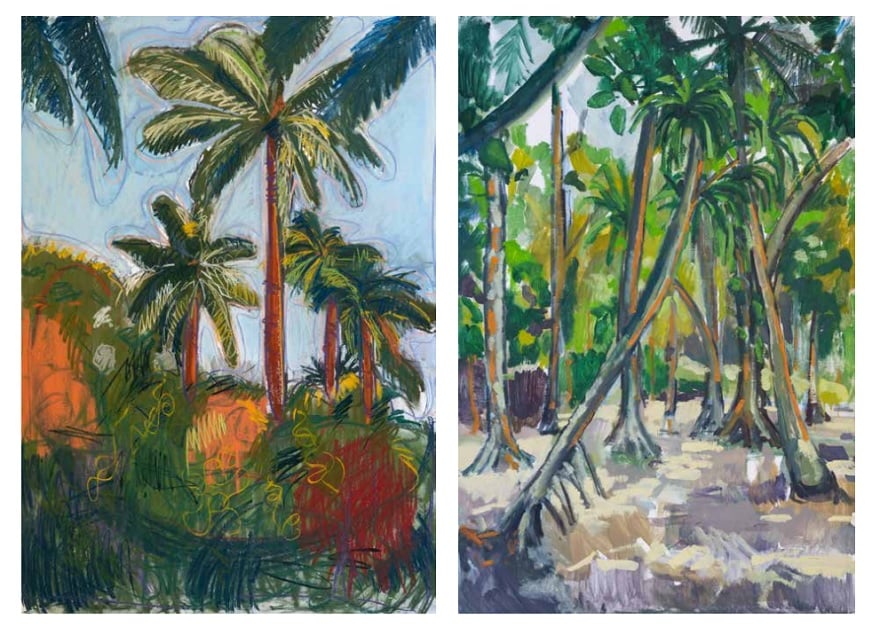
Speaking of plants, she said: "They are to me, mysterious and beautiful."
Another artist, Shahana Rajani, adds to the quaintness of the exhibition with her exploration of the Baloch practice of massad whereby the date palm tree is invoked to help locate the missing.
Explaining her work "A cypher for the missing", Rajani said that it is "a cypher made of leaves that renders the military’s disappearance tactics legible to the very communities that bear the brunt of its violence."
Karim Ahmed Khan who hails from Hunza valley said his body of work investigates the independent issues of the outcomes of war-on man and on nature, deforestation and global warming.
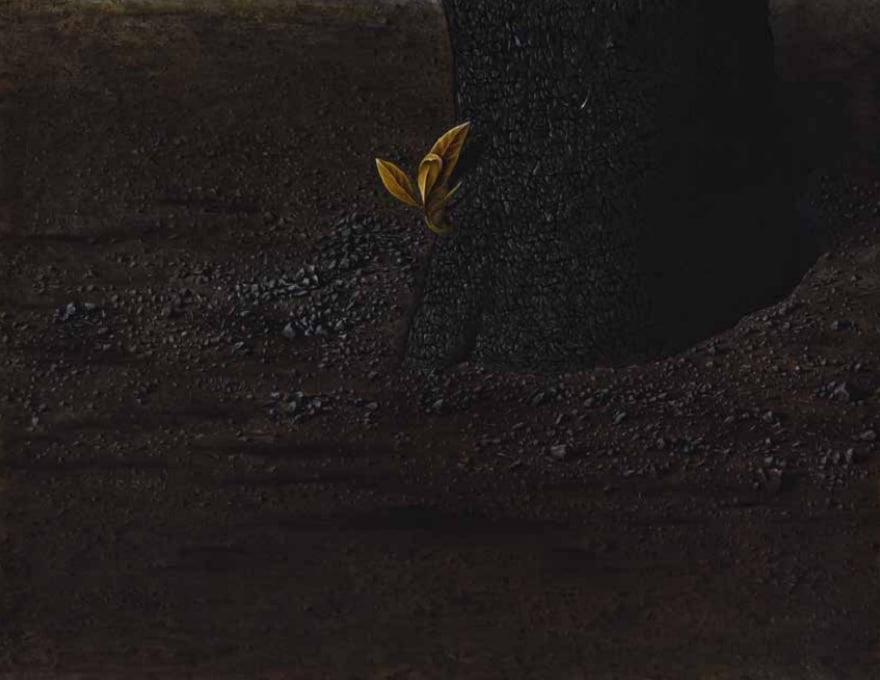
"In the past couple of years, the world endured several natural and human-inflicted calamities in the form of climate change, the Australian bushfire, the Israel-Palestine war, the Afghanistan war, the current pandemic of COVID-19, the Russia-Ukraine war and the list goes on. It feels as if the world will soon come to an end," Karim said.
Therefore, he uses burnt fissure trees to symbolise that Mother Nature has a unique potential to heal.
Another Lahore-based artist, Bibi Hajra addresses themes such as urban segregation and development, and recently religious symbolism/aesthetics and the city.
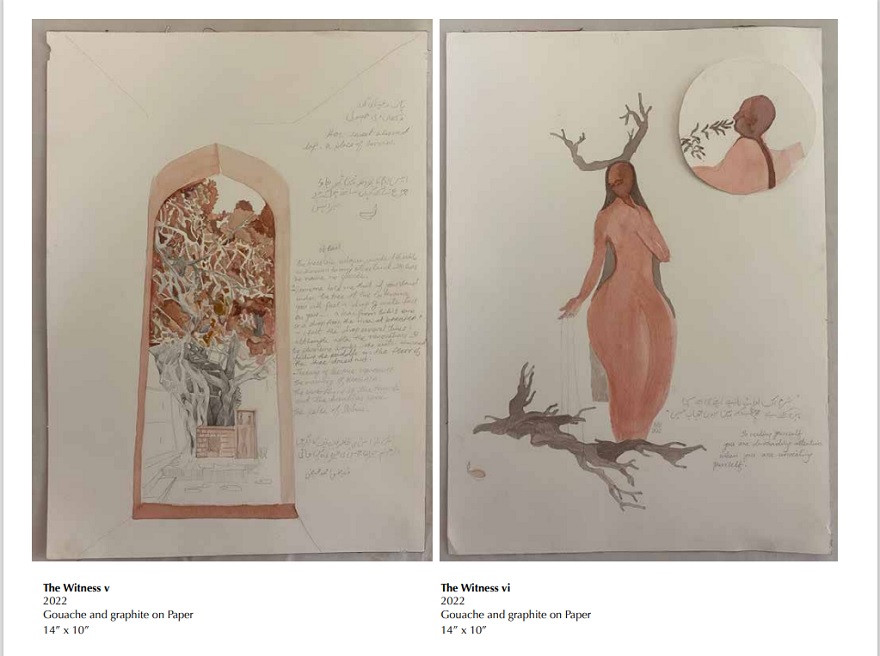
"In this work I try to capture the essence of the written, audio and illustrated notes I took during my visits at the Bibian Pak Daman Shrine in Lahore," she said, adding that she shows representations of dialogues between female visitors, workers at the shrine and herself.
And lastly, with her pottery art, influenced by the themes of history and erasure, Anushka Rustomji interrogates cultural and historical connotations.
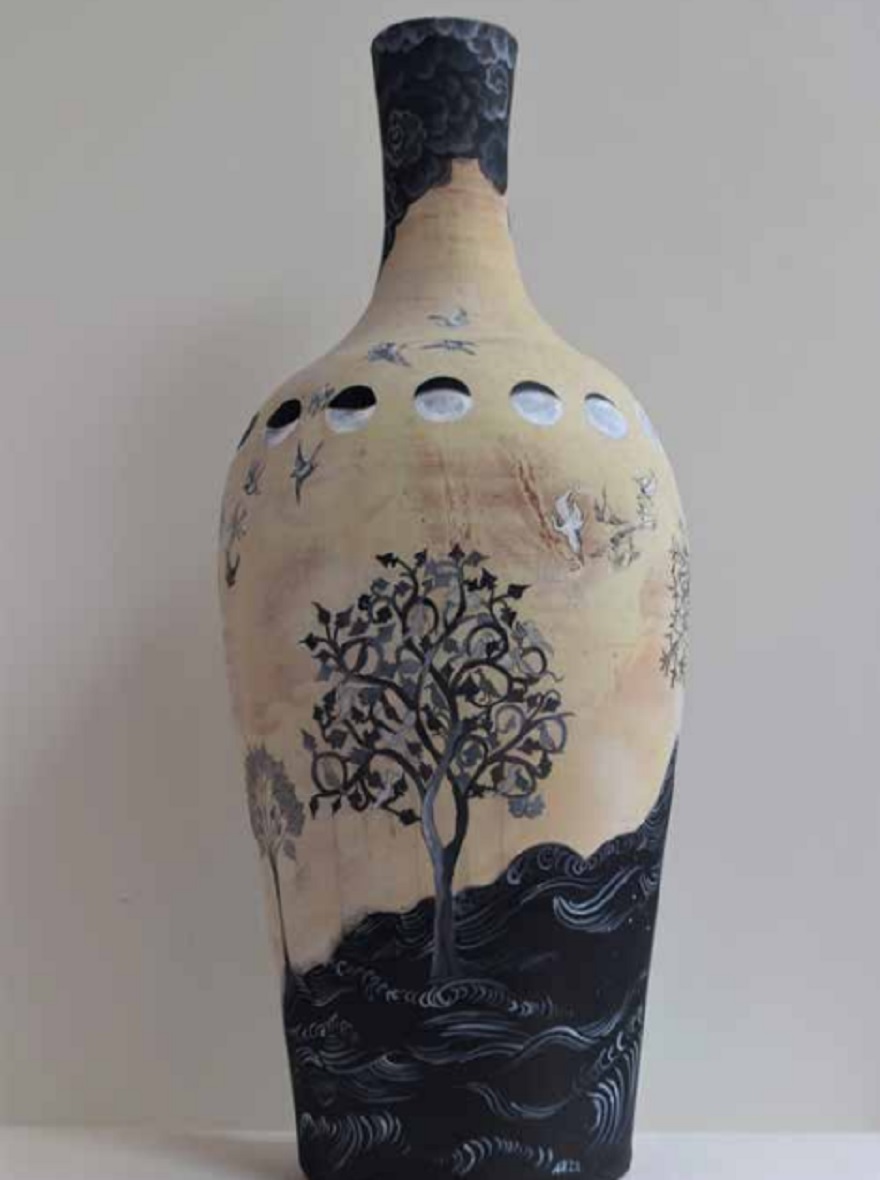
A visual artist and an educator, Rustomji's visual vocabulary is informed by ancient Eastern imagery, texts and traditions.







